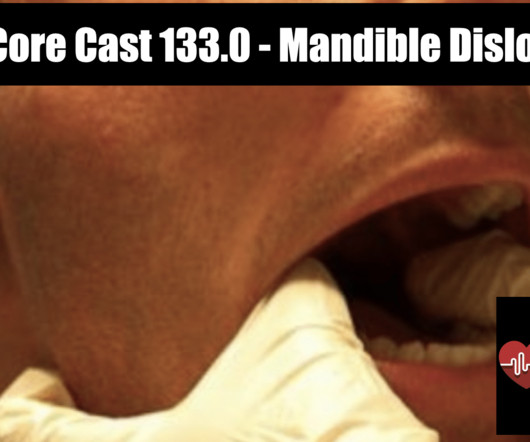Episode 17 - Managing Shoulder Injuries in the Emergency Department Fracture, Dislocation, and Overuse
EB Medicine
JUNE 1, 2018
Join hosts Jeff Nusbaum, MD, and Nachi Gupta, MD on this episode of EMplify as they take you through the June 2018 issue of Emergency Medicine Practice: Managing Shoulder Injuries in the Emergency Department Fracture, Dislocation, and Overuse. Management of prehospital shoulder dislocation: feasibility and need of reduction.














Let's personalize your content